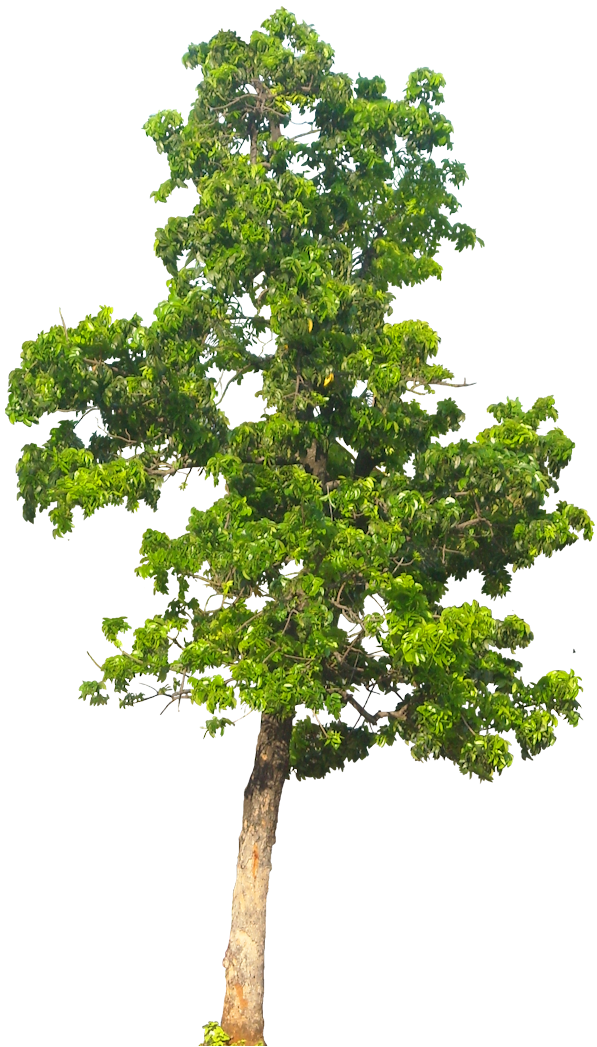The Environment

Almost the whole of Samartex’s concessions takes the form of what is known as ‘Forest Reserves’. These are areas of forest, which have been demarcated and set aside to be safeguarded for silvicultural use. In other words they are protected from farming activities, or any other activities which would result in the destruction of the forest canopy. Commercial timber extraction is allowed in these reserves, but under strictly controlled and monitored conditions. Some reserves are completely protected from all commercial activity (although obviously none of Samartex concessions are), and within almost every reserve there are areas that are completely protected from logging activities. This protection can be to protect rivers, extreme slopes etc. Large swathes of many reserves have also recently been designated as ‘Globally Significant Biodiversity Areas’ (GSBAs), and set aside from all future logging activities in order to maintain the complex interdependent number of species both plant and animal. Productive forest reserves (or the productive portions of these reserves) are sub divided into compartments (usually 128 ha). These ‘compartments’ are the smallest management unit, and harvesting is carried out within the confines of these compartments. The compartments in the reserves are grouped according to a harvesting schedule. The principle of this schedule is to manage the reserve on a forty-year rotation. This means that when a compartment has been logged it will be a further forty years before any further commercial logging can occur. This forty-year period has been chosen as the optimum period to allow natural regeneration to occur after logging. The individual compartments are grouped into coupes within the harvesting schedule. Each coupe lasts for five years. The company is allowed to log the compartments within the five years. The next coupe cannot be entered into before the five years has elapsed. The company cannot simply log the compartments on an ad-hoc basis. Apart from the harvesting schedule, there are further more detailed controls on the logging activity at the compartment level. It is a commonly held misconception that tropical logging is simply clear-cut felling where vast areas are deforested. In fact, nothing can be further from the truth. Ghana’s logging standards are some of the strictest in the world. The number of trees removed per hectare (<2) is extremely small. Indeed by European or North American forestry standards it is tiny. Every tree that the company can take is individually selected, and the logging operations themselves are strictly controlled and monitored by the Forest Services Division. Before any logging activity can commence, a stock survey team from Forest Services Division (FSD) surveys the entire compartment. Every commercial timber tree larger than 50cm diameter are recorded, as well as the physical features and topography within the compartment. This survey also demarcates the compartment boundaries by slashing a clear line through the forest to delineate the extent of the compartment. It is a vast undertaking, usually taking a team of eleven people up to four weeks.
